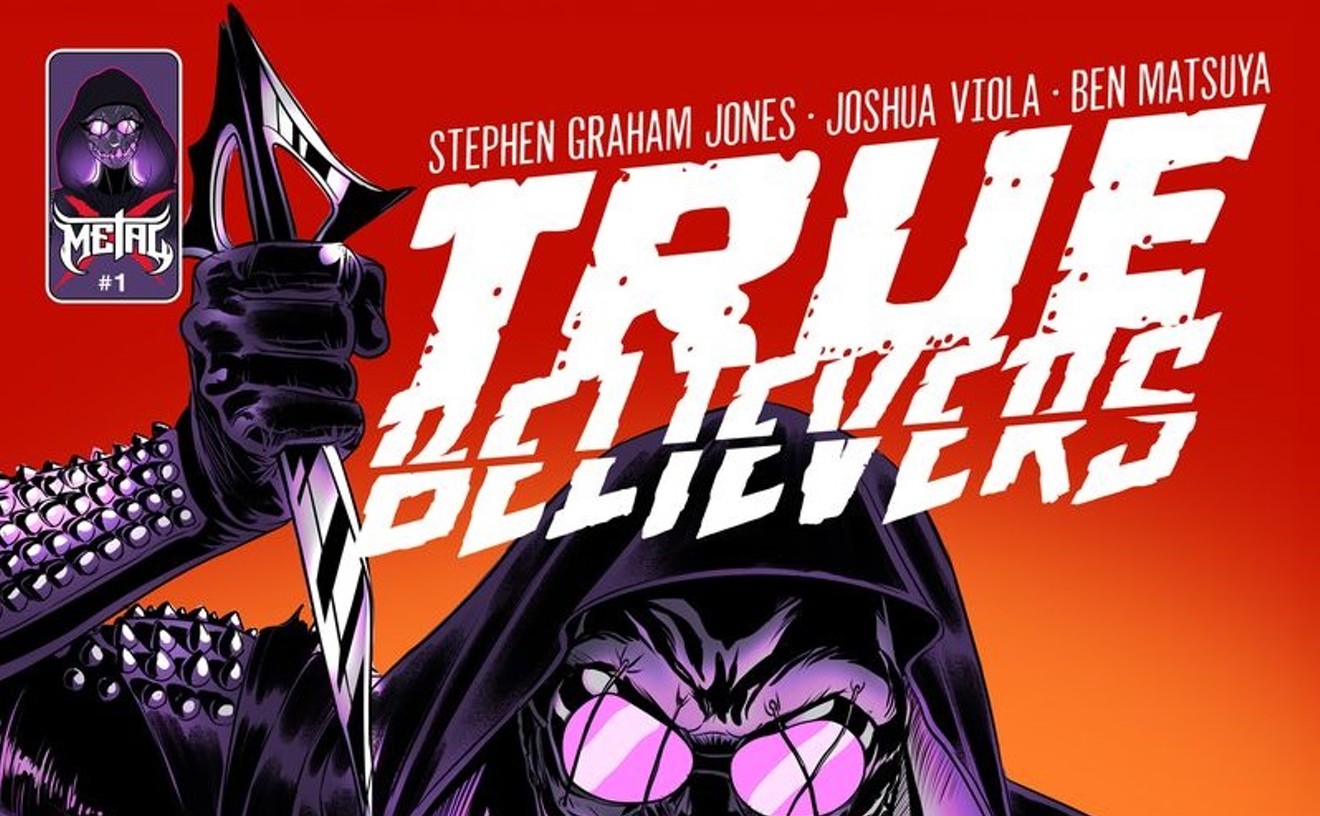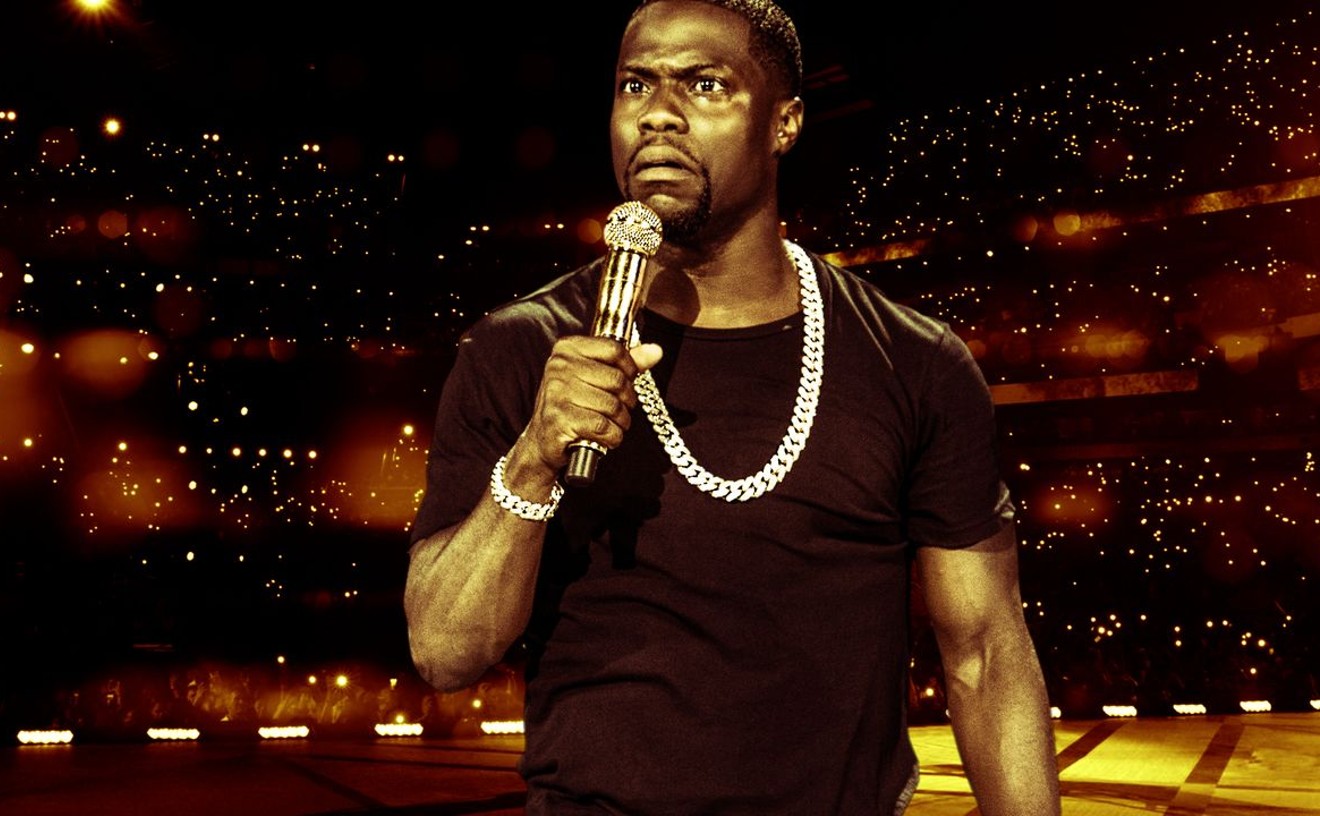It’s been two weeks (or a little over seven hours and fifteen days, as “Nothing Compares 2 U” lovingly time stamps) since we lost our sweet Prince, and many of us have worn out our DVDs and VHS copies of Purple Rain. That film, though based on Prince’s life, was written and directed by Albert Magnoli. Prince himself directed three films: the criminally misunderstood Under the Cherry Moon, the amazing but unavailable concert doc Sign O’ the Times, and the neon-infused Rain sequel, Graffiti Bridge. None found the success of Purple Rain, but all three were matched by full albums that told their own story — whether or not fans lined up at the box office to see those soundtracks come to life.
But if you really want to celebrate Prince, here's another film to watch: Spike Lee's Girl 6.
Lee tapped Prince to create a soundtrack for the film based on his classic works, and the result offers a unique peek not just into Prince's creative process, but also into how he viewed his music and the characters who lived in a world that featured it. As with his work on Tim Burton’s Batman soundtrack, where the Dark Knight is imagined as a guilt-ridden, lonely, lusty millionaire (perhaps like Prince himself), the music in Girl 6 humanizes the characters in the plot.
Girl 6 goes down smoother than the rest of Lee’s catalogue, partly because of the screenplay by Pulitzer Prize-winning playwright Suzan Lori-Parks, which eschews politics and race relations and echoes back to Lee’s debut She’s Gotta Have It, with its female-centered focus. It even uses that film’s opening lines as the audition monologue of a struggling actress (the wonderful Theresa Randle), who becomes a phone sex operator to make ends meet and use her acting skills in a new and unique way.
Dubbed Girl 6 for her job — “Six is for sex” is a wise nod to the Prince-produced girl group Vanity 6 — with her real name not revealed until the end of the film, 6 creates a series of characters that fit any man’s fantasy: a dominatrix; a subservient housewife; a naughty schoolgirl; Lovely, the sweet, nice girl that frequent caller "Bob Regular" chats with about his dying mother, sparking a promise of what normal life could be off the phone and off the stage. All of them are offshoots of 6 herself, who doesn’t know who she really is; at home, she plays Carmen Jones, Cleopatra Jones and Thelma from Good Times in front of the mirror. Off duty, she also maintains a kinship with lonely neighbor Jimmy (director Lee) and dodges the efforts of her shoplifting ex (Isaiah Washington).
Though labeled a comedy, Girl 6 takes a dark turn as 6 grows to need her characters more than she needs her paycheck and begins to lose sight of who she really is — identifying instead with sad stories, like a little girl recovering from a fall down an elevator shaft. Then a scary, dangerous caller begins requesting 6, promising deadly and demeaning sick perversions: 6 wants to feel something and connect with someone, anyone, who's willing to listen to her — whether they pay for that privilege or not.
Prince wrote a lot of songs about connecting with people, creating feeling, breathing characters — from his titular “Darling Nikki” to the woman behind “Little Red Corvette” and even the wearer of the “Raspberry Beret,” the song that opens up Girl 6. His music always shined a light on memorable characters, providing just enough clues so that we could picture them in our heads and hope we might run into them in the flesh someday.
With Girl 6, Prince's ability to humanize his songs and place them into the film's soundtrack took an already interesting plot and put exquisite frames around the portraits inside; the music tells just as much of 6’s story as she does herself. Opting to move around his catalogue and not just plug in the major hits, Prince filled the soundtrack and scenes with songs whose emotional tales parallel 6’s journey with his own as an artist. Sex is a key factor in most of Prince's songs, but it always comes with a price — just as 6 provides any fantasy a man could want for a price, both monetary and eventually emotional.
Although Prince’s soundtrack aims to turn us on during the film — songs like “Nasty Girl,” “Erotic City” and “Hot Thing” loosen our buttons — tunes like “17 Days,” “Pink Cashmere” and “Adore” make us feel 6’s vulnerability, her desire to meet a good man who would rather whisper his desires in her ear than heavy-breathe them over the phone.
Lee is obviously a huge fan of Prince's aesthetic, but it's also obvious that he recognizes his mastery of emotional poignancy, too, opting to build a heartbreaking scene around Prince's “How Come U Don’t Call Me Anymore” as 6 makes plans to meet “Bob Regular” at Coney Island, emotionally disguised as her Lovely persona — and the scene turns into a music video of cold loneliness when the meet-up turns out to be more about her normal fantasy than the one “Bob” paid for.
Save for a snippet of the Carmen Jones score, every song in Girl 6 is from Prince’s vast and varied catalogue — including some titles produced for other artists and two new songs, “She Spoke 2 Me” and “Girl 6.” This curation gives older titles a second life and interpretation through the film’s characters and situations, just as 6 herself creates a second life.
Now this film serves as a tribute to Prince, who speaks to us from the grave and shows us that these songs were meant to be characters played by different actors — whether in a film or just the movies in our minds. That's best exemplified by the usage at the film’s finale of his somber “Sometimes It Snows in April.” First used on his Parade album to tell of the loss of a persona within the artist himself, the song becomes a triumphant in memoriam to the many faces that were worn by 6 on her way to becoming the actress and woman that she’d been working so hard to find.
Prince knew that sometimes we had to lose ourselves in order to find what we were really looking for. By continuing to explore the art that Prince created through vehicles like Girl 6, we will find much more of the artist than we ever saw at first glance.
For seven years, writer Keith Garcia — then programming manager for the Denver Film Society — curated and hosted the Watching Hour series, introducing Denver audiences to neo-cult films: little-seen genre films that needed more eyeballs to work their way up to becoming full-fledged cult films, which they all deserve to be.
Girl 6 is available on DVD at your favorite local video store, like Video Station in Boulder; you can purchase it on Amazon.com. Keith will also let you borrow his own copy if you like.
[
{
"name": "Air - MediumRectangle - Inline Content - Mobile Display Size",
"component": "12017618",
"insertPoint": "2",
"requiredCountToDisplay": "2"
},{
"name": "Editor Picks",
"component": "17242653",
"insertPoint": "4",
"requiredCountToDisplay": "1"
},{
"name": "Inline Links",
"component": "18838239",
"insertPoint": "8th",
"startingPoint": 8,
"requiredCountToDisplay": "7",
"maxInsertions": 25
},{
"name": "Air - MediumRectangle - Combo - Inline Content",
"component": "17261320",
"insertPoint": "8th",
"startingPoint": 8,
"requiredCountToDisplay": "7",
"maxInsertions": 25
},{
"name": "Inline Links",
"component": "18838239",
"insertPoint": "8th",
"startingPoint": 12,
"requiredCountToDisplay": "11",
"maxInsertions": 25
},{
"name": "Air - Leaderboard Tower - Combo - Inline Content",
"component": "17261321",
"insertPoint": "8th",
"startingPoint": 12,
"requiredCountToDisplay": "11",
"maxInsertions": 25
}
]











